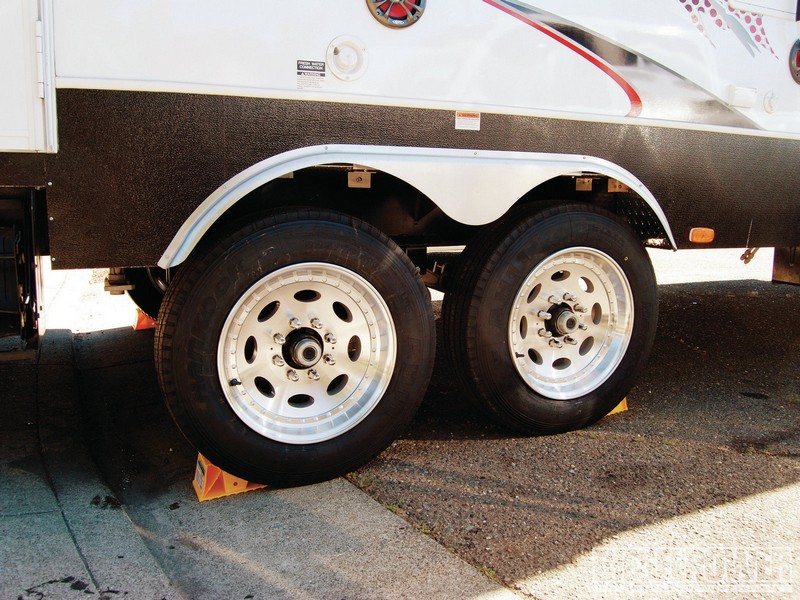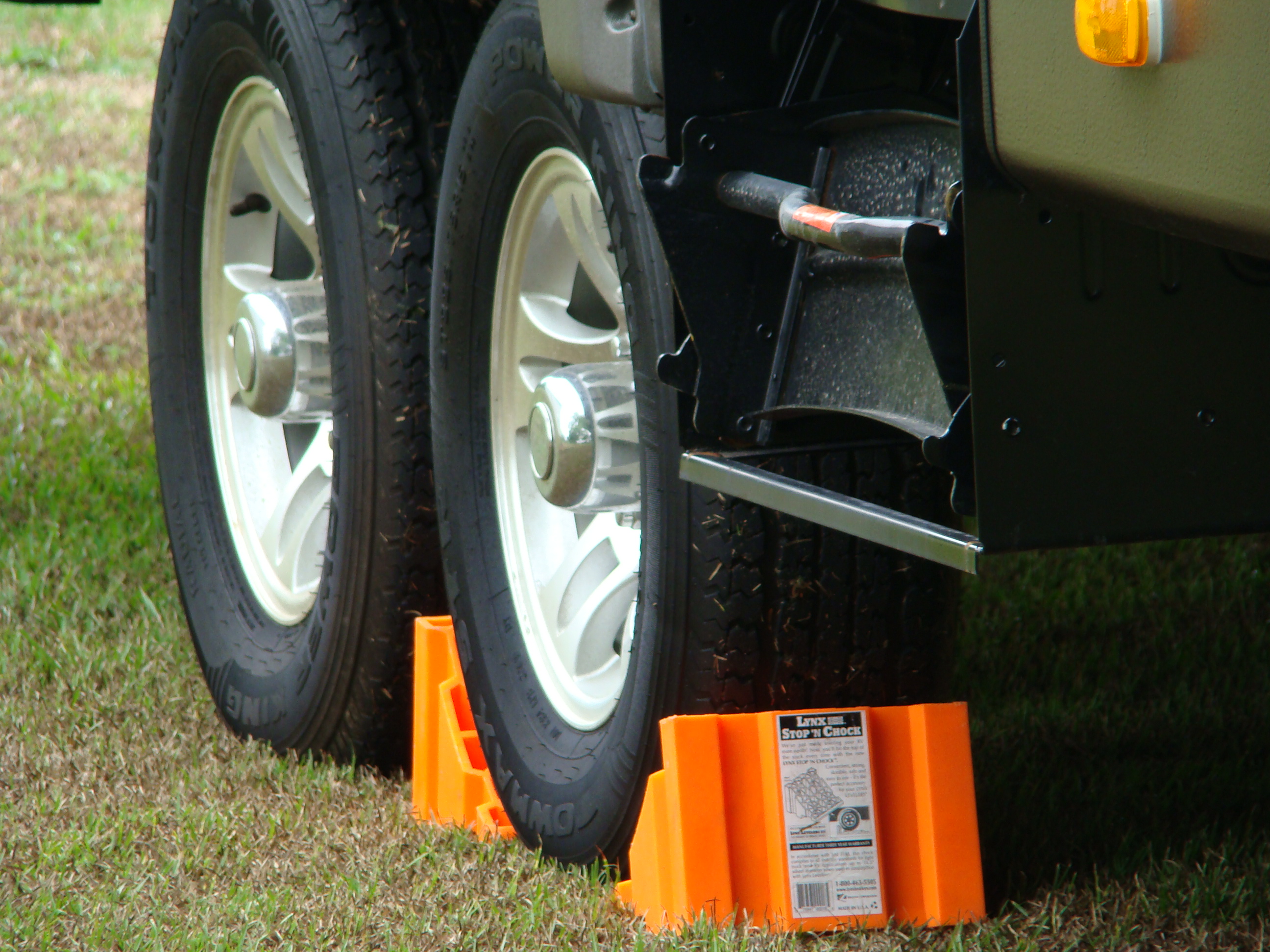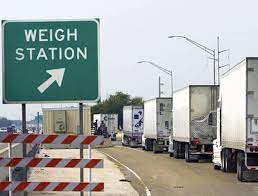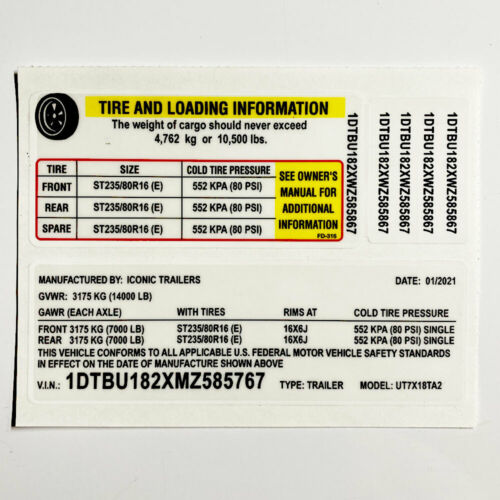
|
B
arry's
T
ire
T
ech This is a series of articles on the technical aspects of tires, their care and usage. My primary purpose in these articles is to help people understand tires and thereby reduce the risks we all face every day. ..........and since tires is just about the only thing I know about.......... Please drop me a note if you have a topic you want to see: Barry@BarrysTireTech.com |
|
ST Tires This article is about travel trailers (RV's) that have ST type tires. Other kinds of trailers or other types of tires on RV trailers are not specifically addressed here. HOWEVER, if you have a trailer of any sort you may find the information of value Tips for ST tires:
When I originally published this webpage, ST tires were failing all too frequently and no solution was in sight. That has changed! Not only have the tire manufacturers stepped up (maybe not all?), but trailer manufacturers have also addressed many of the issues on their end - tires too small, overload, etc. (also, maybe not all!) As of the date of this webpage (May, 2022) NEW trailers are generally pretty good, tire size wise. There is an issue about overdoing things, and I address that below. - BUT - Many old trailers still exist. That presents the problem of how to sort this out. Here's my best guess:
And some housekeeping items:
What's the difference between P type tires (Passenger Car) and ST tires? What about LT tires? I am going to start with the difference with LT tires as that is the easiest to explain. ST tires are very similar to LT tires. They have less tread depth than LT tires. They have a narrower tread width. They have a fairly boring tread pattern: Generally simple ribs. They both come in Load Ranges (C, D, etc.). They use inflation pressures identical to LT tires, but they carry about 10% more load than LT tires. All of that is because of the difference in intended service. Trailers follow along behind a tow vehicle, so the tires don't wear as fast. Trailers don't have an engine, so the only torque applied to the tires is during braking. The tires also don't have to steer, so there isn't a lot of sideways force applied to trailer tires. EXCEPT On severe backup manuevers, the trailer will jackknife and the tires will be subjected to an extreme amount of sideways stress. The good news is that this doesn't happen often, and it happens at slow speeds. Nevertheless, LT tires are generally subjected to more stress and deformation - ergo, ST tires can carry more load. So as a general rule, the casing (plies and belts) of ST tires is similar to LT tires. It's generally the tread that is different. ST tires are quite different than P type tires. They are inflated to higher pressures, so ST tires carry much more load - and that means a more sustantial casing. So it is possible to use an LT tire as a trailer tire with a bit of adjustment in inflation pressure, but P type tires require much more careful consideration, due to the load carrying capacity. For trailers, as of 2008, that placard is supposed to be on the left front of the vehicle. (This is more or less the same as cars and trucks where it's the driver's doorframe.) On older trailers, it was common to put the placard on the inside of the entry door or on the inside of a cabinet. If you don't have a placard or there's something different - like a different tire size - then read EVERYTHING below and chose a course of action approriate to your situation. If you are using the placard pressure or are confident you have the right value, do the pressure buildup test: |

|
Pressure Build Up Test:
|
|
What if you have no confidence in your pressure value?
|

|

|
Determine the max tire load: I am going to outline a number of ways to do this, starting with the most accurate (and unfortunately, the most complex), then getting easier (but less accurate).
|
|
If you only know the axles loads or only know the weight side to side:
If you only know the total weight on the tires (but minus the hitch weight):
|

|

|
If you don't have any actual weights:
Remember to round UP to the nearest 5 psi for simplicity. |
|
|